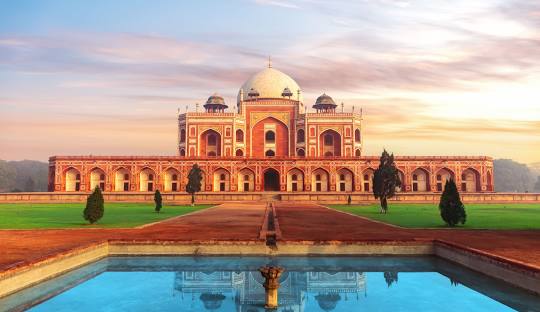- Jan 25 2016
- Admin
- 12
- 3332
- Travel
Humayun’s Tomb
Exemplifying the formative stage of the Mughal structural style, Humayun's Tomb stands as a landmark in the development of Mughal architecture, and also represents the earliest extant specimen of the Mughal scheme of the garden tomb, with causeways and channels. It is a well-developed specimen of the double-domed elevation with kiosks on a grand scale. This building tradition culminated in the Taj Mahal, constructed a century later. Despite being the first standardized example of this style, Humayun's Tomb is an architectural achievement of the highest order.
The tomb of Humayun, second Mughal Emperor of India, was built by his widow, Biga Begum (Hajji Begum), in 1569-70, 14 years after his death, at a cost of 1.5 million rupees. The architect was Mirak Mirza Ghiyath. It was later used for the burial of various members of the ruling family and contains some 150 graves. It has aptly been described as the necropolis of the Mughal dynasty.


